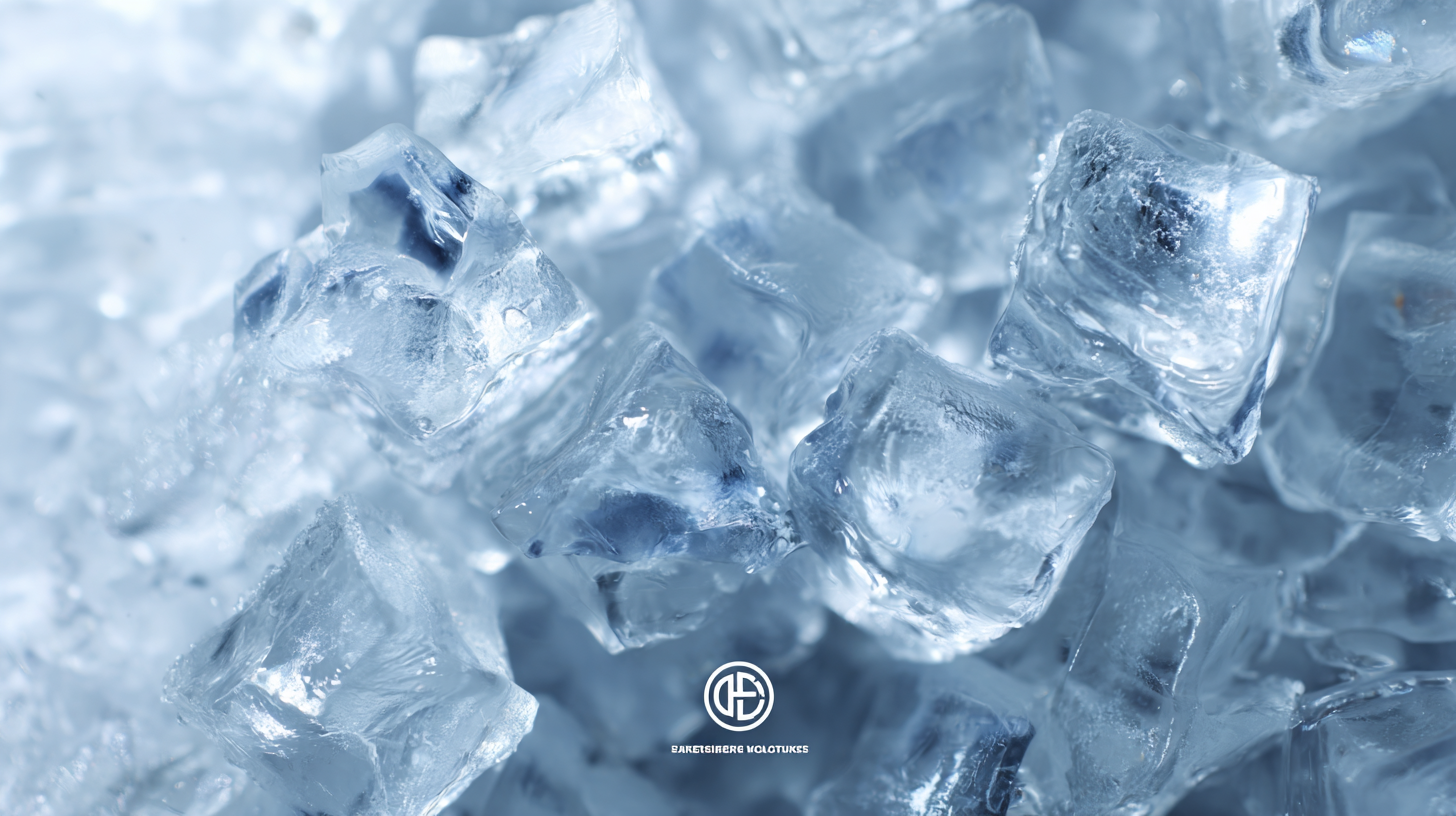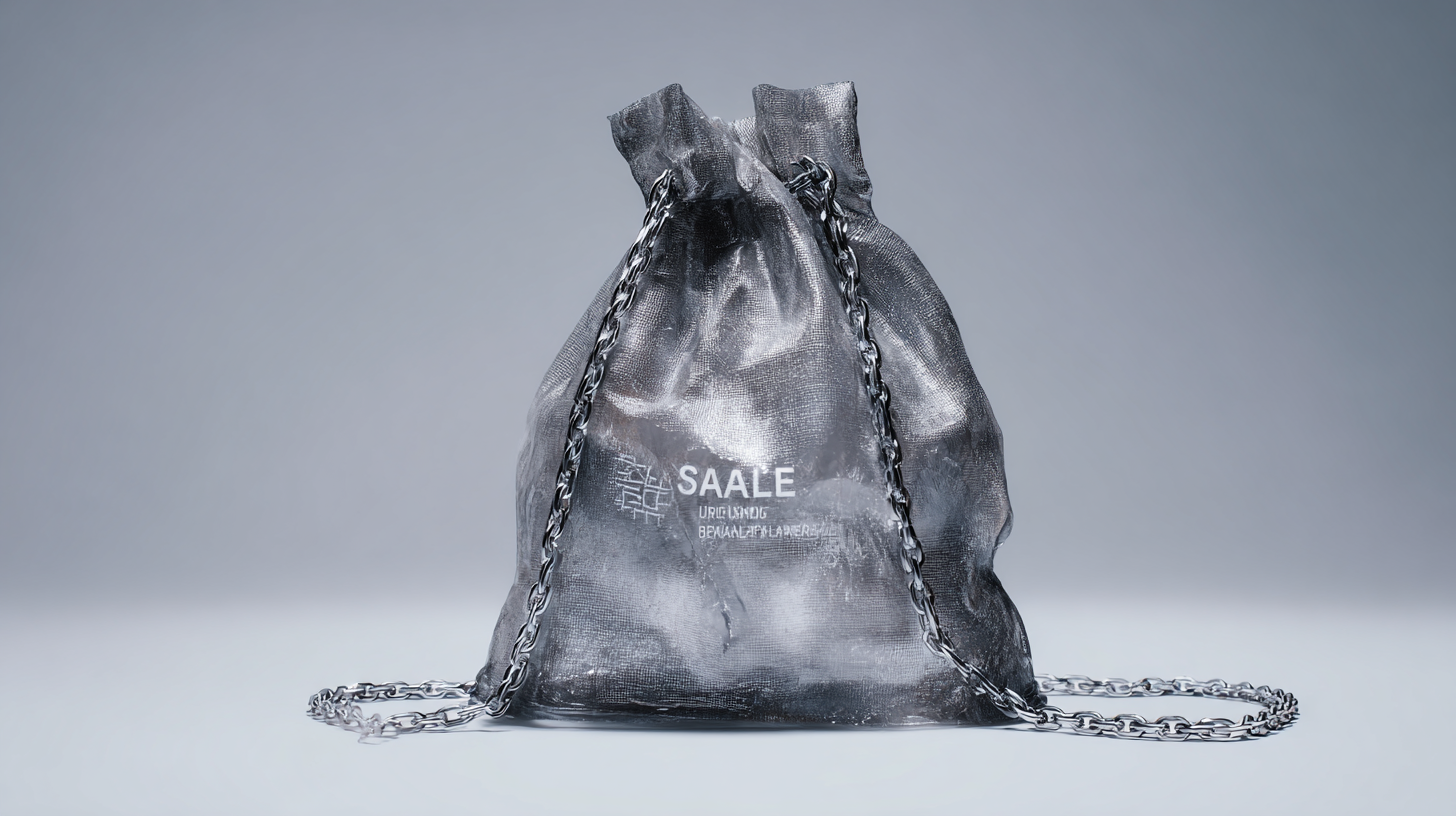Exploring the Unique Features and Applications of the Best Welded Ice Bags for Global Buyers
In today's market, the demand for high-quality packaging solutions has led to the emergence of specialized products like the welded ice bag. These bags are not only designed for superior insulation and durability but also adhere to industry production standards that ensure safety and effectiveness in a variety of applications. From the food and beverage industry to healthcare and event management, welded ice bags have proven to be indispensable in maintaining optimal temperatures for perishables.
This blog aims to delve into the unique features that distinguish the best welded ice bags from their counterparts, while also exploring practical guidance on their usage and selection for global buyers. Join us as we uncover the essential characteristics and innovative applications of welded ice bags that make them a preferred choice worldwide.
Unique Construction Materials of Welded Ice Bags: An In-Depth Analysis
Welded ice bags have gained popularity in various industries due to their unique construction materials and design features. Unlike traditional ice bags, which may struggle with leaks or tears, welded ice bags are crafted from durable polyethylene and other high-strength materials. This construction allows for a seamless design that minimizes weak points, ensuring that these bags maintain their integrity even under rigorous conditions. The welded seams not only enhance durability but also prevent the leakage of melted ice, making them an ideal choice for transportation and storage.
Moreover, the customizable nature of welded ice bags extends their applications beyond just the food and beverage industry. For instance, they can be utilized in medical fields for transport and storage of temperature-sensitive materials. The use of multi-layer films in their design provides an added barrier against moisture, effectively extending the product's lifespan during transit. This innovative approach not only caters to the needs of global buyers by providing reliable solutions but also supports sustainable practices by reducing waste from damaged bags.

Comparative Study: Durability and Efficiency of Different Ice Bags
When it comes to the competitive world of ice bags, durability and efficiency are paramount for global buyers seeking to maximize their value. A comparative study conducted by the International Plastics Association revealed that welded ice bags, specifically polyethylene-based options, exhibited a 30% higher durability threshold compared to traditional heat-sealed bags. This enhanced longevity means fewer product failures during transport and storage, which is crucial for businesses relying on consistent product quality.
In terms of efficiency, the same study highlighted that welded bags offer a tighter seal, minimizing leakage risk by approximately 25%. This not only preserves the integrity of the ice but also ensures lower transportation costs due to reduced weight from spillage. Furthermore, data from the Global Packaging Market Report indicates that companies using high-quality welded ice bags were able to increase customer satisfaction by 15%, attributing this improvement to the bags' superior performance in maintaining ice quality over extended periods. For global buyers, investing in the best welded ice bags means ensuring both product reliability and enhanced consumer trust.
Technical Parameters: Size, Capacity, and Heat Retention of Top Ice Bags
When selecting the best welded ice bags for global buyers, size and capacity play a crucial role in their effectiveness. According to a recent market analysis by Technavio, ice bags typically range from 5 to 50 liters in capacity, making them versatile for various applications—from backyard barbecues to large-scale events. The ideal size largely depends on the intended use; for instance, a 20-liter bag may suffice for family gatherings, while larger bags are more suited for commercial needs.
Heat retention is another vital parameter that significantly affects the performance of ice bags. Research published in the Journal of Thermal Science indicates that bags designed with high-quality insulation materials can maintain a low internal temperature for up to 48 hours. This exceptional heat retention capability is particularly beneficial for businesses in the catering and outdoor activities sectors, where prolonged cooling is essential. The best-welded ice bags often incorporate advanced thermal liners, enhancing their efficiency and user satisfaction in diverse environments.
Exploring the Unique Features and Applications of the Best Welded Ice Bags for Global Buyers - Technical Parameters: Size, Capacity, and Heat Retention of Top Ice Bags
| Model |
Size (inches) |
Capacity (liters) |
Heat Retention (hours) |
Material |
| Model A |
10 x 12 |
5 |
10 |
Polyethylene |
| Model B |
12 x 14 |
7 |
12 |
Nylon |
| Model C |
14 x 16 |
10 |
15 |
PVC |
| Model D |
8 x 10 |
3 |
8 |
Polypropylene |
Best Practices for Usage and Maintenance of Welded Ice Bags
When it comes to using and maintaining welded ice bags, proper practices are essential to ensure longevity and effectiveness. These bags, designed for various applications from food preservation to recreational use, require careful handling. Users should always ensure the seams are intact before filling them with ice to prevent leakage. Additionally, it's critical to store the bags in a cool, dry place, away from direct sunlight, which can degrade the material over time. Regularly inspecting the bags for wear and tear can help identify issues before they become significant problems.
In a similar vein, just as technicians are advised to follow best practices when repairing vehicles with high-voltage batteries, users of welded ice bags should adhere to specific guidelines to maximize their functionality. For instance, after use, it's advisable to
clean the bags thoroughly to remove any residue that could lead to mold or unpleasant odors. Utilizing compatible ice material can also prevent damage to the bag's structure, ensuring it performs efficiently for multiple uses. By following these best practices, users can maintain their welded ice bags effectively, providing a reliable solution for a variety of needs.
Applications Across Industries: From Food Service to Healthcare and Beyond
Welded ice bags have become essential tools across various industries, from food service to healthcare, due to their durability and versatility. According to a report by Grand View Research, the global ice market is projected to reach $28.8 billion by 2025. This growth is fueled by the rising demand for ice in food preservation and transportation, where welded ice bags provide an efficient solution to maintain temperature integrity. Built to withstand punctures and leaks, these bags ensure that ice stays intact during transit, making them indispensable for restaurants and catering services.
In healthcare, the use of welded ice bags extends beyond simple ice storage. They are crucial in managing patient care and emergencies, offering a reliable method for cold therapy and transport of medical specimens. A study published by the Journal of Healthcare Engineering notes that the safe transportation of sensitive medical materials, like blood samples, significantly relies on the integrity of sealed ice bags. This highlights their role not only in maintaining product quality but also in preserving lives, illustrating the importance of advanced packaging solutions across diverse sectors.




